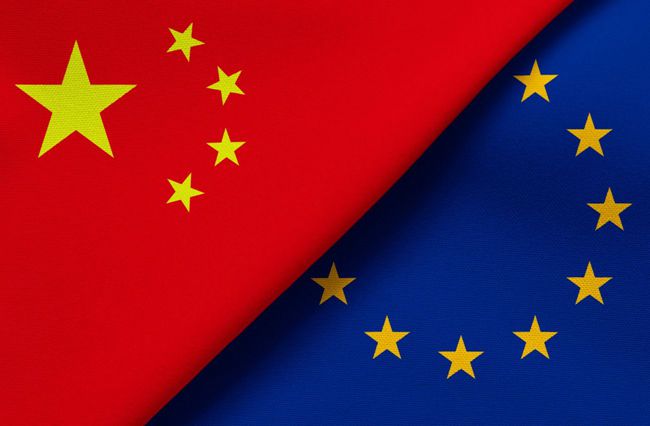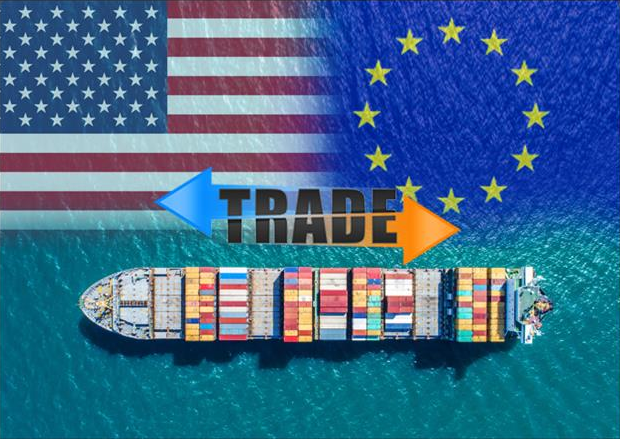Dr. Thorsten Jelinek, Europe Director and Senior Fellow at Taihe Institute
Sovereignty, or the right to regulate national affairs independently, appeared less significant during the height of multilateralism, or the participation of governments in global problem-solving. However, hyperglobalization and fierce competition, economic shocks, climate change, the rise of China and the Global South, and now, the pandemic and supply shortages have made a return of territoriality and sovereignty a priority in the global political system. The European Union, which has thrived on multilateralism, has made digital sovereignty a key pillar of its political agenda. While the global economy is rapidly transitioning into the age of hyperdigitalization, the European Union is positioning digital sovereignty as an integrated landscape of policies aimed at building and increasing trust and confidence in the EU’s digital single market, ensuring the ability to make autonomous technology choices and develop and deploy strategic digital capacities and infrastructure. Europe wants to become “the world’s safest digital environment and market and a global digital norm builder.” Such trust and confidence-building measures are intended to be accomplished through a rights-driven and comprehensive set of cybersecurity and privacy protection regulations. At the same time, the European Union and its member states are pushing for industrial policies not only to achieve a transformation to carbon neutrality but also to enhance Europe’s digital competitiveness against the United States and China. While market dynamics alone won’t accomplish such significant transformation, Europe is experiencing a renaissance of state intervention, which has always existed but was strongly frowned upon by free market foundationalists not long ago.

While in the West at an historical low level, trust in business and technology is essential for a flourishing digital economy. Trust building in the digital space takes place on different levels and is a multistakeholder responsibility. On the global political level, international relations face a high level of strategic distrust, which is symptomatic of today’s divided and fragmented global governance and cyber regime complex. Despite the resumption of high-level dialogue, the United States and China are engaged in a prolonged trade and investment war and blame one another for damaging their respective national sovereignties, which is pushing a new, desirable era of détente into an unforeseeable future. Nonetheless, the U.S.-China tension should not deflect from the strategic distrust between the U.S. and the EU.
In December 2020, the EU proposed a new transatlantic agenda for global change, with the goals of renewing and enhancing the U.S.-EU alliance in the post-Trump era and, thus, overcoming the lack of trust that built up during the Trump administration. An essential part of that agenda is the U.S.-EU Trade and Technology Council (TTC), which met for the first time on 29 September 2021, cochaired by Competition Commissioner Margrethe Vestager and Trade Commissioner Valdis Dombrovskis on the EU side and by Secretary of State Antony Blinken, Secretary of Commerce Gina Raimondo, and Trade Representative Katherine Tai on the U.S. side.
The existing trade dispute between the U.S. and EU, their disagreement over WTO reform, the hasty and unilaterally decided withdrawal from Afghanistan, and the new military alliance among Australia, the United Kingdom and the United States (AUKUS) overshadowed the first TTC meeting. In addition, Europe’s digital sovereignty strategy is largely perceived as protectionist and discriminatory by the United States. This includes instruments, such as the EU’s General Data Protection Regulation (GDPR) and the invalidated EU-U.S. Privacy Shield; the proposed Digital Services Act (DSA) and Digital Markets Act (DMA); and the anti-competition law. Taking place against such a background, the inaugural TTC was still perceived as progress. As highlighted in a joint statement, the TTC is comprised of 10 working groups and focuses on three pillars: (i) spurring trade and investment; (ii) strengthening technological and industrial leadership; and (iii) boosting innovation and protecting and promoting critical and emerging technologies. However, the council meeting placed the focus on initiating and strengthening collaboration and coordination on issues, including investment screening and export controls, 5G and 6G mobile communication, semiconductors, and artificial intelligence.

For the participants, China was the “elephant in the room,” yet the EU does not want to make the TTC a China-focused dialogue simply because of the myriad issues between the EU and the U.S. There are differences over how to engage with China, which already complicate EU-U.S. relations, as the EU advocates a less confrontational China strategy. However, both sides still share common interests and have agreed on pushing back on China. Overall, it remains to be seen whether the TTC will translate into concrete actions and help resolve some of the structural differences between the EU and the U.S. in terms of trade and technology. Given the political vacuum due to the post-election period in Germany and the upcoming presidential elections in France in April 2022, the next TTC meeting, which will take place in the spring of 2022, might not offer much progress. Also, while the TTC is not intended to lead to a free trade agreement, the differences, which caused the breakup of negotiations on the Transatlantic Trade and Investment Partnership (TTIP) in 2016, are still prevalent.
More generally, such bilateral and increasingly plurilateral negotiations risk further eroding the existing multilateral system. Smaller groups of countries are more likely to reach a joint agreement than to succeed with multilateral negotiations. There are various new regional trade agreements as well as Western dominated groupings between “like-minded” countries. However, global governance remains crucial for addressing global issues, including the challenges of hyperdigitalization. Thus, to counterbalance the strong demand for national and regional sovereignty, a new global political system must ensure coordination between such plurilateral groupings. Given that different cultural values and political systems, histories, and stages of development are causing divergent views, a more flexible and nuanced approach to global coordination and collaboration is also needed. A functioning global political system must be open to ambiguity, embrace the special and differential treatment of countries, and attempt to solve individual problems with a more flexible and case-by-case approach.

Dr. Thorsten Jelinek, Europe Director and Senior Fellow at Taihe Institute, shared this view on Europe’s digital sovereignty, the U.S.-EU TTC, and the issues of global governance at the occasion of the European Cyber Security Salon, which is one of the cybersecurity activities hosted under the EU’s annual campaign, the European Cybersecurity Month (ECSM). The European Cyber Security Salon focuses on “strengthening trust in digital tech” by analyzing approaches to cybersecurity in Europe and highlighting the need to develop closer global cooperation on cybersecurity. The ECSM campaign is coordinated by the European Union Agency for Cybersecurity and the European Commission and is supported by EU member states and various partners from Europe and beyond.